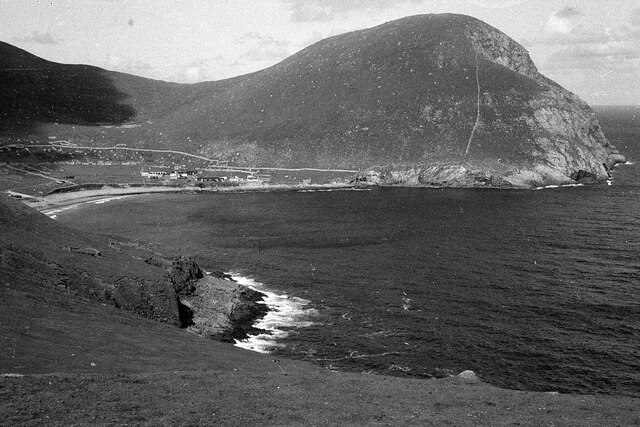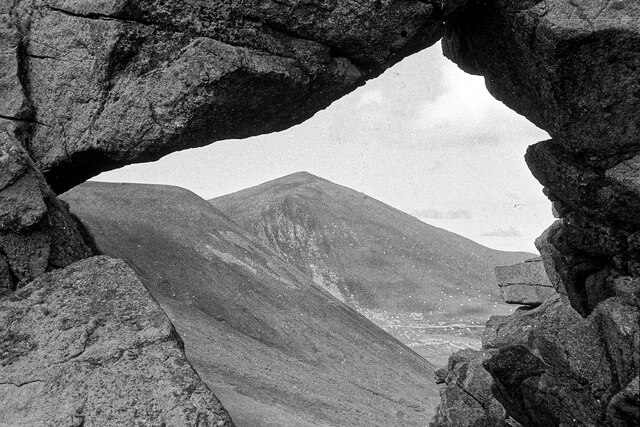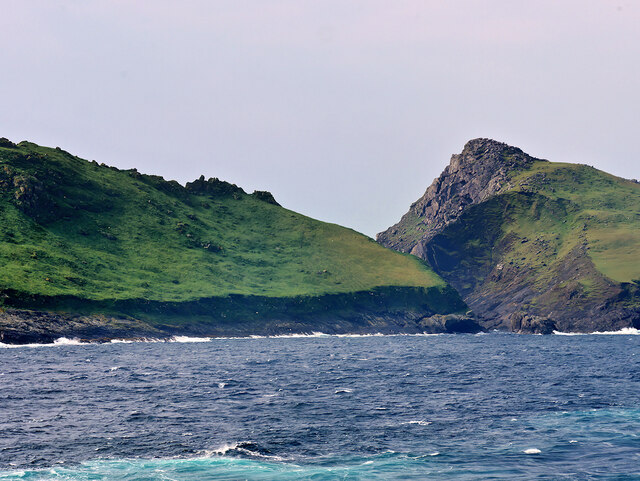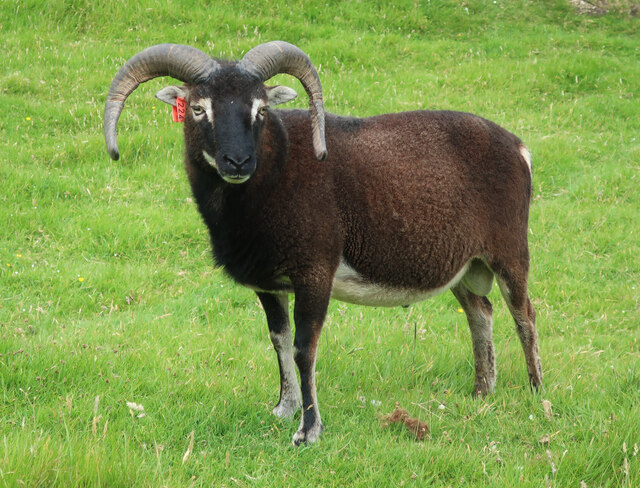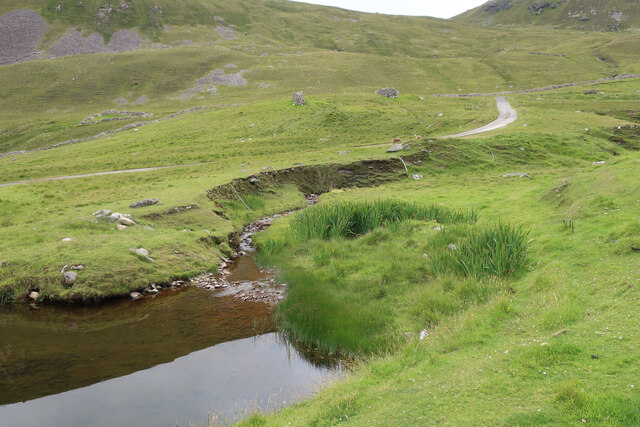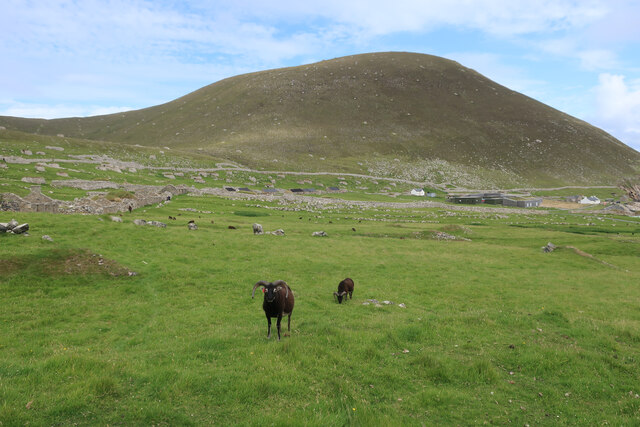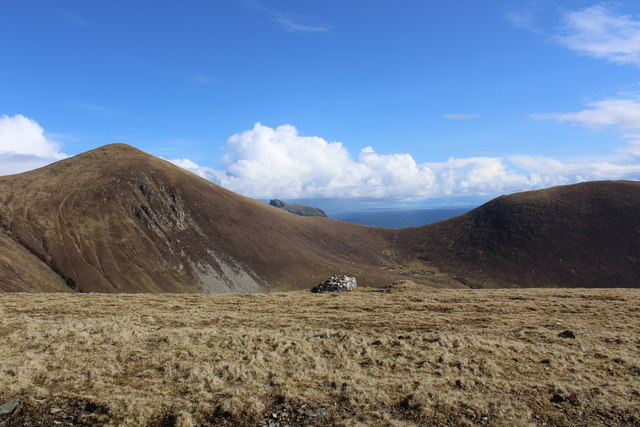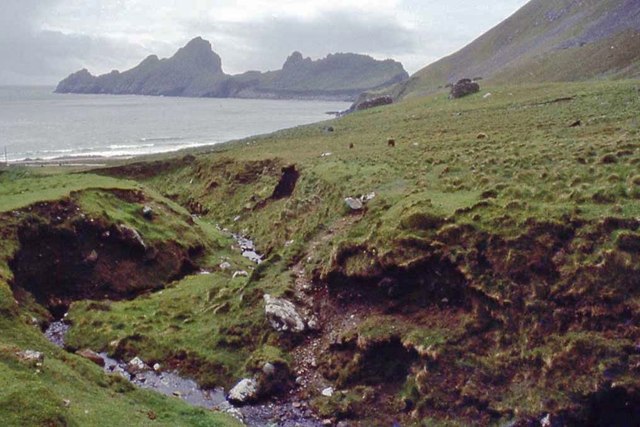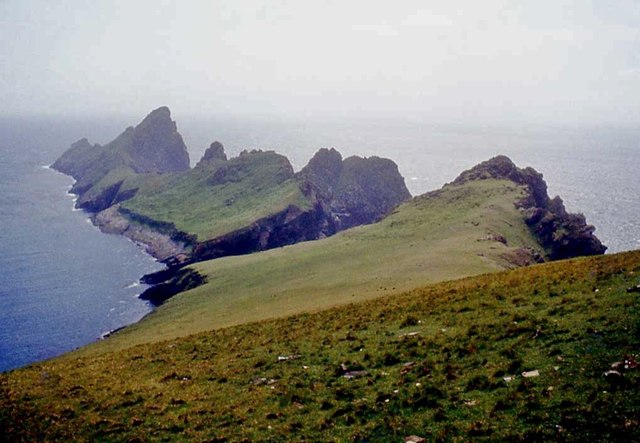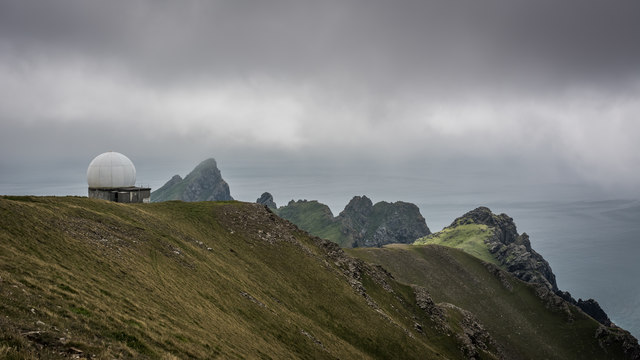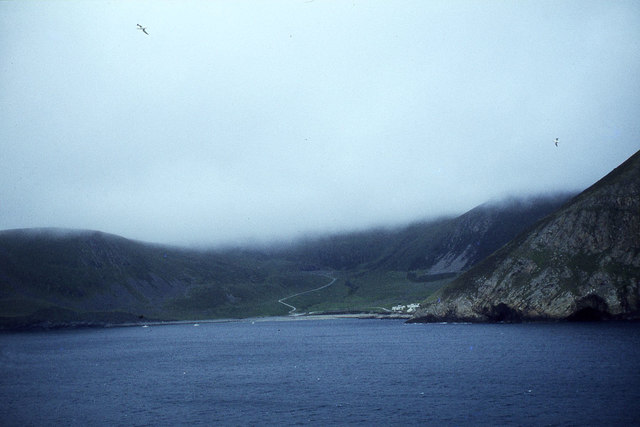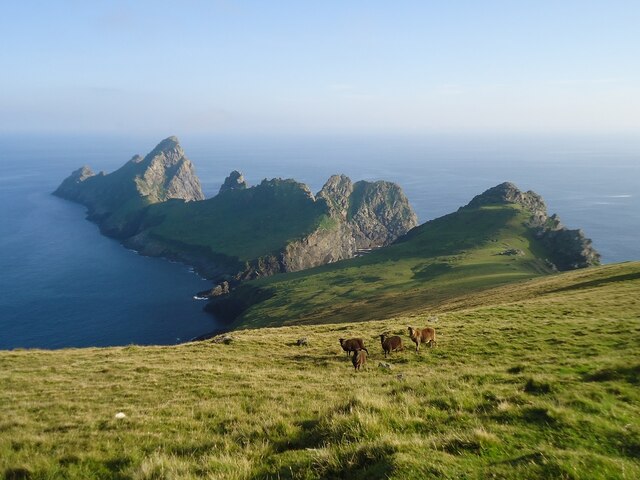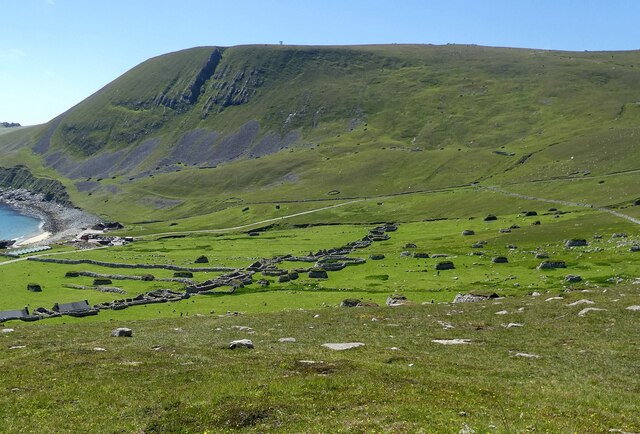Bioda Mòr
Hill, Mountain in Inverness-shire
Scotland
Bioda Mòr
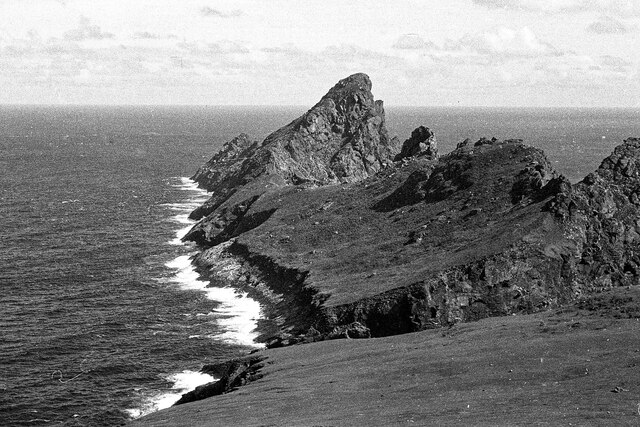
Bioda Mòr is a prominent hill located in Inverness-shire, Scotland. It is part of the larger Grampian Mountains range and stands at an impressive height of approximately 1,150 meters (3,773 feet) above sea level. The hill is situated within the Cairngorms National Park, which is renowned for its stunning natural landscapes and diverse wildlife.
Bioda Mòr is characterized by its rugged and rocky terrain, typical of the Scottish Highlands. It offers breathtaking panoramic views of the surrounding area, including nearby lochs, glens, and other peaks. The hill is covered in heather and grasses, adding to its picturesque charm.
For outdoor enthusiasts and mountaineers, Bioda Mòr presents an exciting challenge. It is a popular destination for hikers and climbers who are drawn to its steep slopes and rocky ridges. However, due to its height and unpredictable weather conditions, it is recommended that visitors come prepared with appropriate gear and knowledge.
The hill is also home to a rich array of flora and fauna. Rare plant species can be found in the lower slopes, while birds like golden eagles and ptarmigans are often spotted in the skies. The surrounding area is also known for its population of red deer, adding to the wildlife diversity.
Overall, Bioda Mòr in Inverness-shire is a majestic hill that offers both physical challenges and natural beauty. It is a prime destination for outdoor enthusiasts, nature lovers, and anyone seeking a memorable experience in the Scottish Highlands.
If you have any feedback on the listing, please let us know in the comments section below.
Bioda Mòr Images
Images are sourced within 2km of 57.795706/-8.5611881 or Grid Reference NF1097. Thanks to Geograph Open Source API. All images are credited.
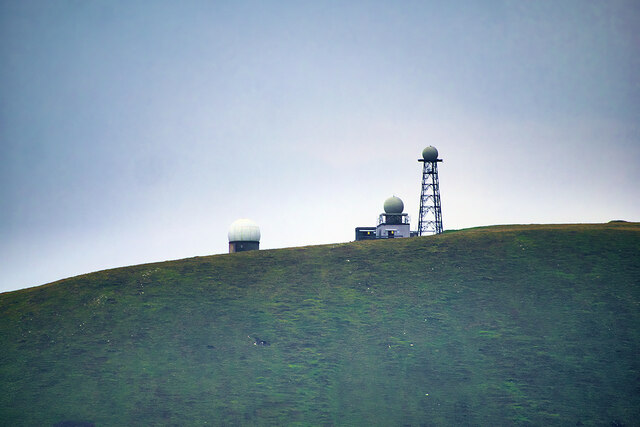
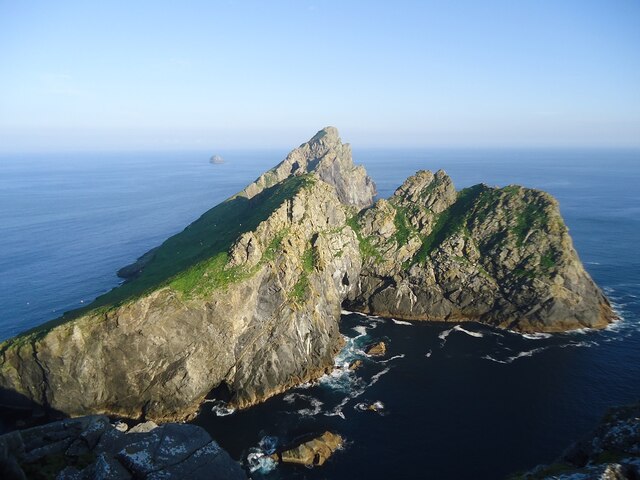
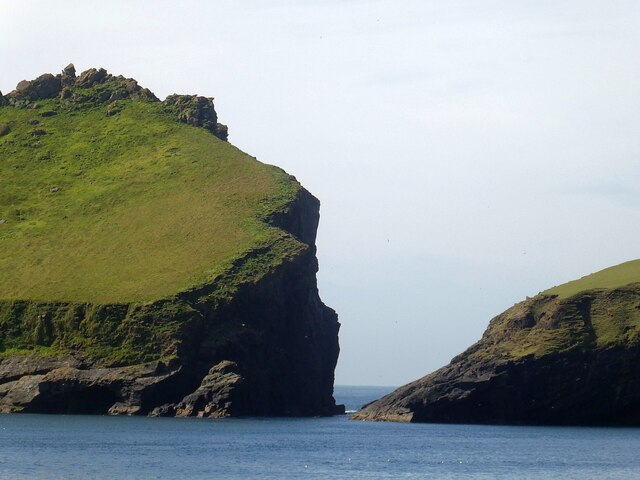
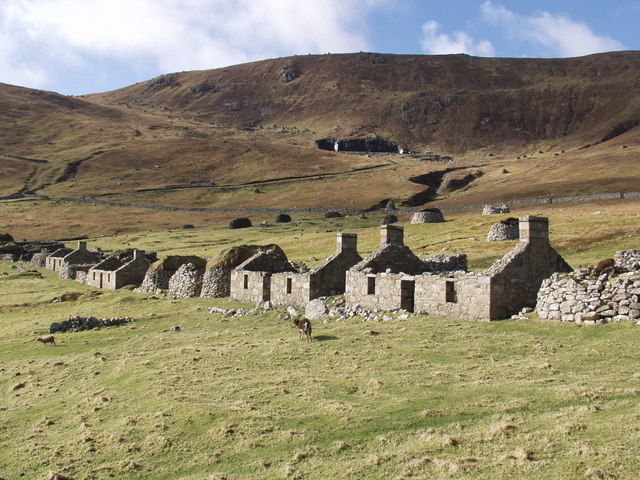
Bioda Mòr is located at Grid Ref: NF1097 (Lat: 57.795706, Lng: -8.5611881)
Unitary Authority: Na h-Eileanan an Iar
Police Authority: Highlands and Islands
What 3 Words
///mainframe.tangling.alive. Near Balivanich, Na h-Eileanan Siar
Nearby Locations
Related Wikis
Dùn
Dùn is an island in St Kilda, Scotland. It is nearly 1 mile (1.6 kilometres) long. Its name simply means "fort" in Scottish Gaelic (for more information...
Hirta
Hirta (Scottish Gaelic: Hiort) is the largest island in the St Kilda archipelago, on the western edge of Scotland. The names Hiort (in Scottish Gaelic...
St Kilda, Scotland
St Kilda (Scottish Gaelic: Hiort) is an isolated archipelago situated 64 kilometres (40 mi) west-northwest of North Uist in the North Atlantic Ocean. It...
Stac Levenish
Stac Levenish or Stac Leibhinis (sometimes simply called Levenish/Leibhinis) is a sea stack in the St Kilda archipelago in Scotland. Lying 2.5 kilometres...
Stac Biorach
Stac Biorach (Scottish Gaelic: "the pointed stack") is a sea stack, 73 metres tall, situated between Hirta and Soay (in the "Sound of Soay") in the St...
Soay, St Kilda
Soay (Scottish Gaelic: Soaigh) is an uninhabited islet in the St Kilda archipelago, Scotland. The name is from Old Norse Seyðoy, meaning 'island of sheep...
Stac Lee
Stac Lee (Scottish Gaelic: Stac Lì) is a sea stack in the St Kilda group off the west coast of Scotland. An island Marilyn (a point with topographic prominence...
Boreray, St Kilda
Boreray (Scottish Gaelic: Boraraigh; Scots: Boreray) is an uninhabited island in the St Kilda archipelago in the North Atlantic. == Geography == Boreray...
Nearby Amenities
Located within 500m of 57.795706,-8.5611881Have you been to Bioda Mòr?
Leave your review of Bioda Mòr below (or comments, questions and feedback).
